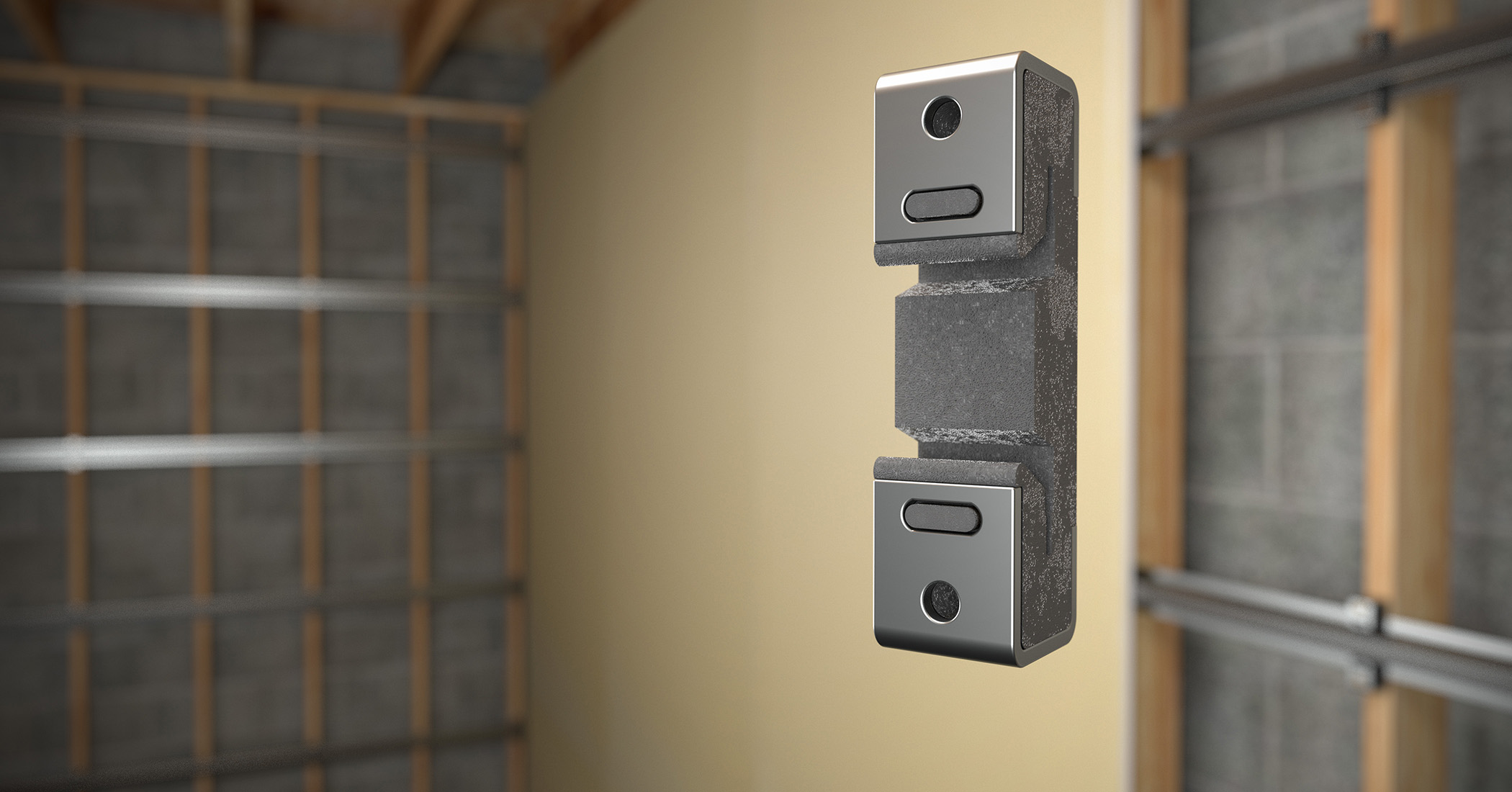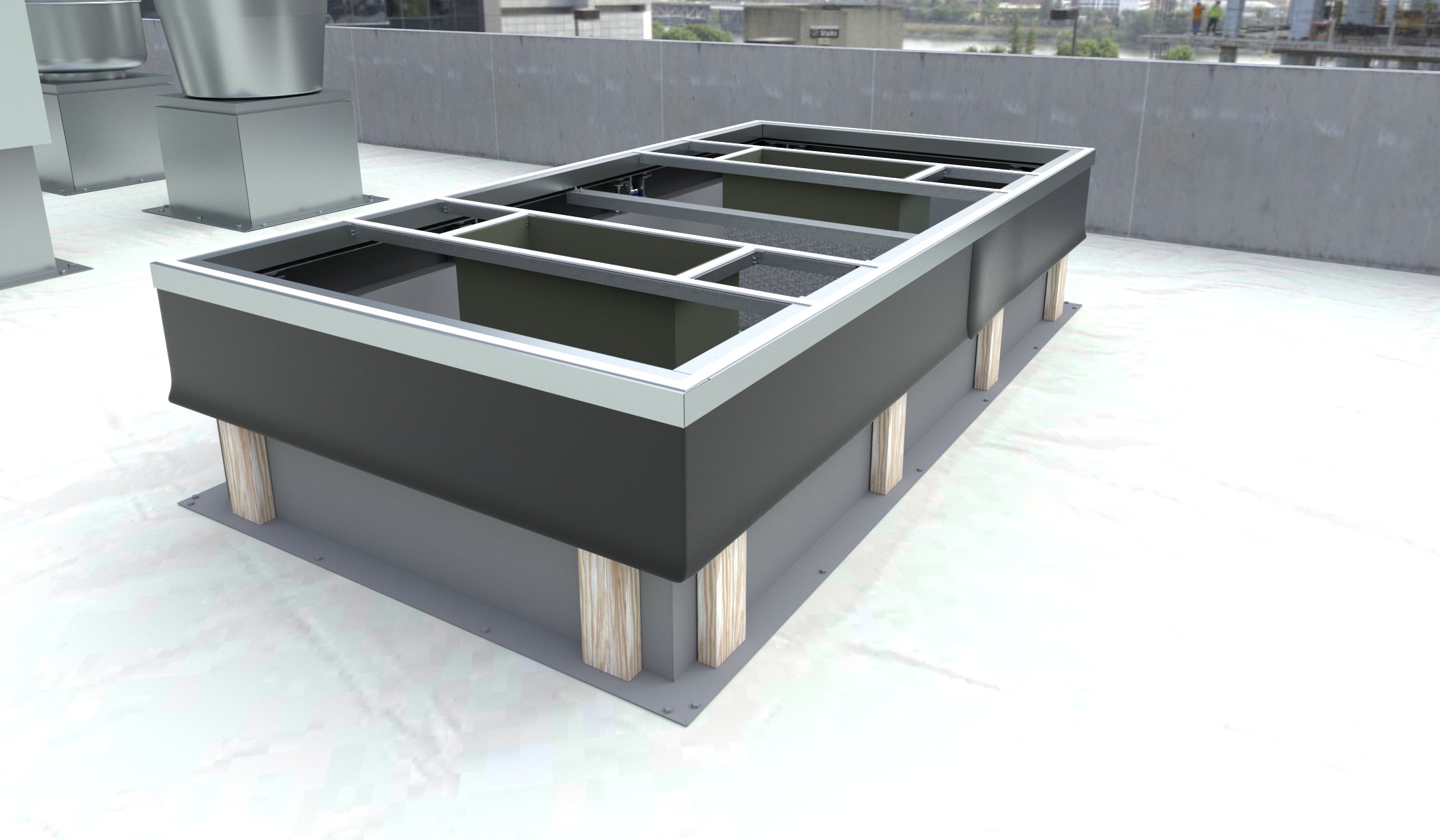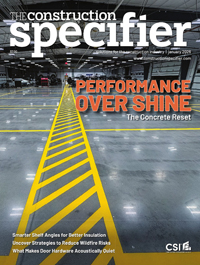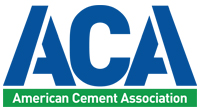Tile and Stone Lippage: What is acceptable (and how do you specify it?)
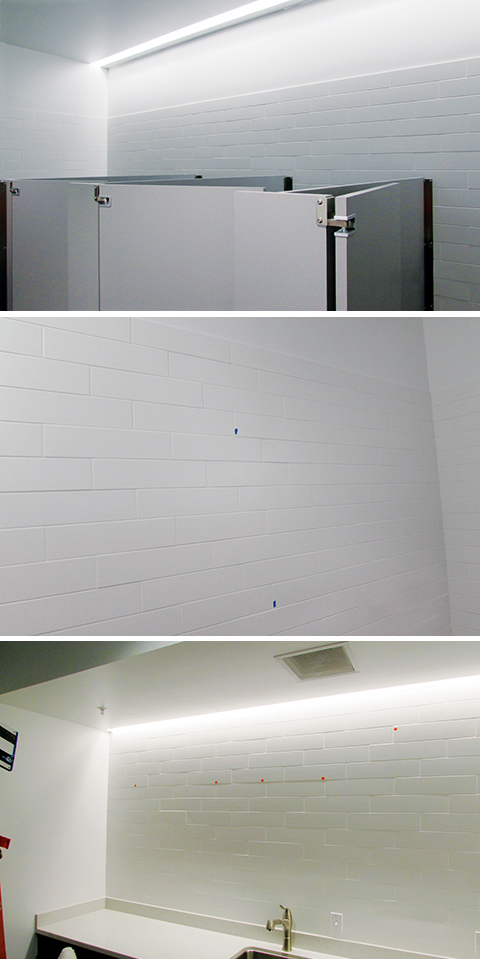
Calculating allowable tile lippage
At the beginning of this article, the author stated allowable lippage is either 1 or 2 mm (0.03125 or 0.0625 in.), depending on the tile and the width of the grout joint, in addition to the inherent warpage of the tile manufactured in accordance with ANSI A137.1 or A137.3 for ceramic tile gauged porcelain tile/panels respectively. Tile Council of North America (TCNA) interprets this in its 2025 Handbook for Ceramic, Glass, and Stone Tile Installation as meaning the inherent warpage of a particular tile is the actual warpage the specific tile has when installed.
Some people incorrectly interpret this to mean they can take the maximum allowable warpage stated in ANSI A137.1 and add it to the respective allowable lippage value. However, this author believes the calculated lippage would be unreasonable and excessive from a standard-of-care point of view for professional tile installations.
Installation methods
The tile installation method can help limit lippage or contribute to its excessiveness. Adhering the tile directly to the substrate, particularly when it has not been properly prepared to meet the industry requirements for flatness, can make it difficult to avoid lippage. On the other hand, installing tile in a fresh dry-pack mortar bed while it is still in a plastic stage can help compensate for dimensional variations because the installer can embed it into the fresh mortar.
Another contributing factor is the skill and craftsmanship by the tile installer. When workers are not sufficiently experienced, skilled, or detail-minded, their poor workmanship can cause or contribute to excessive tile lippage. It is important qualified, skilled installers who understand current industry standards are used for tile and stone installations to help ensure successful installations.
Unavoidable lippage at drains
There are some applications where tile lippage to some degree is unavoidable. ANSI A108.02-2023 Section 4.4 cautions the lippage requirements do not apply to tiled floors sloping to drains specifically when using tiles 15 x 15 mm (6 x 6 in.) and larger. The larger the tile surface area, the greater the potential for tile lippage under these conditions. This is why one often sees tiles cut in half at a diagonal near drains with sudden changes in slope. However, this does not mean the installer can have extreme tile lippage—it still needs to be reasonable considering the conditions.
Using relatively new trench or linear drains for tile installations can be a good solution to avoid this problem. The trench or lineal drains can be installed at the perimeters of decks or showers. The trench drains can be installed so the tile surface has a uniform slope to the drain avoiding lippage at the drain.
Perception is reality?
Sometimes, excessive tile lippage is perceived by end-users despite everything being within allowable standard tolerances. The culprit is lighting. Even the best of tile installations can look awry when the light is shining on the surface at a certain angle relative to the angle from which it is being viewed.
This is more problematic with large, rectangular tiles with narrow grout joints installed on walls, particularly in a staggered pattern. At certain angles and in the right sunlight, some tile exterior veneers look like there are built-in handholds to climb up the wall, despite lippage actually being within tolerance.
This is because lighting causes shadowing at the grout joint, creating an optical illusion. (This can also occur in interior applications with daylighting or electrical systems.) TCNA’s Handbook for Ceramic, Glass, and Stone Tile Installation warns use of wall-washer and cover-type lighting—where lights are located either at the wall/ceiling interface or mounted directly on the wall—may produce shadows and undesirable effects with tiles.
Similar shadows are created from side-lighting interior walls and floors when light shines from an angle through windows and doors. This author has investigated many commercial and residential projects where there were complaints of alleged excessive tile lippage only to find out during the inspection it was reasonable and within allowable industry tolerances. Of course, there have been numerous other cases where there actually was excessive lippage because the contributing factors listed throughout this article were not properly managed.
Tile leveling systems to help avoid tile lippage
Besides all of the above referenced conditions that can contribute to excessive tile lippage, in recent years Tile Leveling Systems have become available as a tool to use to prevent or limit tile lippage. These are plastic bases that fit under the tile at the tile edges available in different grout joint widths. A cap or wedge is used over the plastic base protruding out of the grout joint to tighten down on the two adjacent tile edges; thus pushing the high side down and pulling up the lower side to a level position. It can work well, but if there is not enough thinset used or if there is too much tile lippage it can pull the tile up too far and affect its bond.


